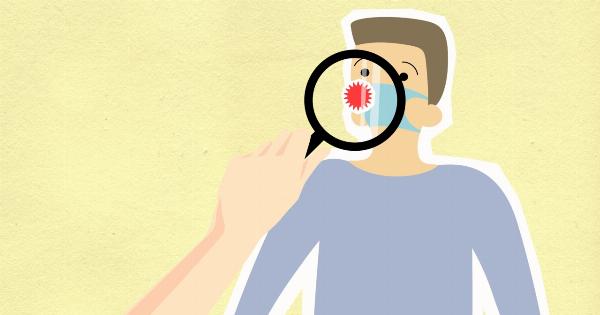Medical breakthroughs are essential in providing better solutions and treatments for people. In recent years, the discovery and development of life-saving medications have been significant in reducing sickness and mortality rates.
These revolutionary medications have the potential to reduce mortality rates by 34%. Thus, this article will discuss some of the most vital life-saving medications that have decreased mortality rates.
1. Antibiotics
Antibiotics are crucial life-saving medications that help to destroy or prevent the growth of bacteria. People infected with bacteria no longer die thanks to the special drugs that attack these ailment-causing bacteria.
These medications work by destroying the cell wall and metabolic functions of bacteria. Typically, antibiotics come in different categories, including macrolide antibiotics, tetracycline, aminoglycosides, cephalosporins among others.
Through the use of these medications, mortality rates due to bacterial infections have been reduced significantly.
2. Insulin
Insulin is another crucial life-saving medication that has the potential to lower mortality rates. This medication is essential in managing diabetes patients, which is a prevalent condition worldwide.
Insulin helps the body to make and store energy from the food we eat. It also regulates sugar levels in the body, preventing deaths caused by low sugar levels. Insulin comes in various forms, including syringes, insulin pens, insulin pumps among others, all meant for administering the medication.
3. Aspirin
Aspirin is another life-saving medication that has been in use for several years. It is used to prevent blood clots, which can cause a heart attack or a stroke that may lead to death.
Aspirin works by blocking the enzyme responsible for making the blood clot. This medication is typically recommended for people with a high risk of a stroke or heart attack and those who have already had one. Several studies have shown that aspirin can reduce the likelihood of a heart attack by up to 34%.
4. Epinephrine
Epinephrine is a life-saving medication used to treat severe allergic reactions such as anaphylaxis. It works by narrowing the blood vessels, reducing congestion, swelling, and increasing blood pressure.
This medication comes in an injectable form, which is essential for administering the medication to those in need quickly.
5. Morphine
Morphine is a potent pain reliever and sedative. It is considered essential in emergency situations to reduce severe pain in patients, especially those with severe injuries. Morphine is typically administered to patients through injections or orally.
The medication works by reducing the pain experience in the brain, enabling patients to tolerate the pain as they recover.
6. Anticoagulants
Anticoagulants are essential life-saving medications that help to prevent the formation of blood clots. These medications reduce the chances of a stroke or heart attack by inhibiting the clotting of blood.
They come in different forms, including injections, anticoagulant pills, and capsules. Warfarin and heparin are the most commonly used anticoagulants worldwide. With the use of anticoagulants, the mortality rates related to blood clotting have been reduced significantly worldwide.
7. Naloxone
Naloxone is an antidote medication used to reverse the effects of an overdose of opioids. It is essential in preventing the death of people who have overdosed on opioids.
The medication works by binding to the same receptors in the brain that opioids attach to and reverses the effect of the drug.
8. Acetaminophen
Acetaminophen is a medication used to reduce fever and pain. It is a common over-the-counter drug that is used worldwide. The medication works by blocking the production of pain-causing chemicals in the body.
Acetaminophen is typically used for headaches, arthritis pain, and menstrual cramps, among other conditions.
9. Statins
Statins are life-saving medications used to lower cholesterol levels in the body. This medication is essential in preventing deaths related to heart disease. Studies have shown that statins can effectively reduce the risk of heart disease by up to 34%.
Statins come in the form of pills, and their primary function is to slow down the production of cholesterol in the liver.
10. Antiarrhythmic medication
Antiarrhythmic medication is essential to people with an irregular heartbeat also known as arrhythmia. These life-saving medications work by preventing the heart from beating too fast or too slow.
Common antiarrhythmic medications include Beta-blockers, Sodium channel blockers, and Potassium channel blockers. With the use of antiarrhythmic medications, the risks associated with arrhythmia have significantly decreased worldwide.
Conclusion
In conclusion, the discovery of life-saving medications has revolutionized the medical industry. People no longer die from ailments that were once considered incurable.
Antibiotics, insulin, aspirin, epinephrine, morphine, anticoagulants, naloxone, acetaminophen, statins, and antiarrythmic medication are some of the most vital life-saving medications that have decreased mortality rates by 34% or more. These medications have become a vital tool in improving the overall health and wellbeing of people.






























